 |
 |
 |
 |

Ramiro Chaves. De la serie XXXXXXXXXX
México, 2013
Inyección de tinta sobre papel bond

Ramiro Chaves. De la serie XXXXXXXXXX
México, 2013
Impresión Xerox

Ramiro Chaves. De la serie XXXXXXXXXX
México, 2013
Impresión Xerox

Ramiro Chaves. De la serie XXXXXXXXXX
México, 2013
Impresión Xerox

Ramiro Chaves. De la serie XXXXXXXXXX
México, 2013
Impresión Xerox
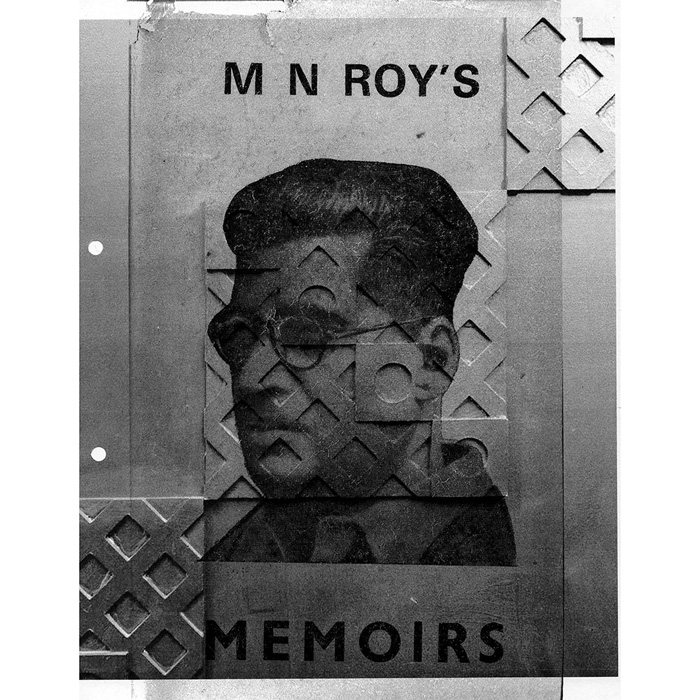
Ramiro Chaves. De la serie XXXXXXXXXX
México, 2013
Impresión Xerox

Ramiro Chaves. De la serie XXXXXXXXXX
México, 2013
Impresión Xerox

Ramiro Chaves. De la serie XXXXXXXXXX
México, 2013
Impresión Xerox

Ramiro Chaves. De la serie XXXXXXXXXX
México, 2013
Impresión Xerox
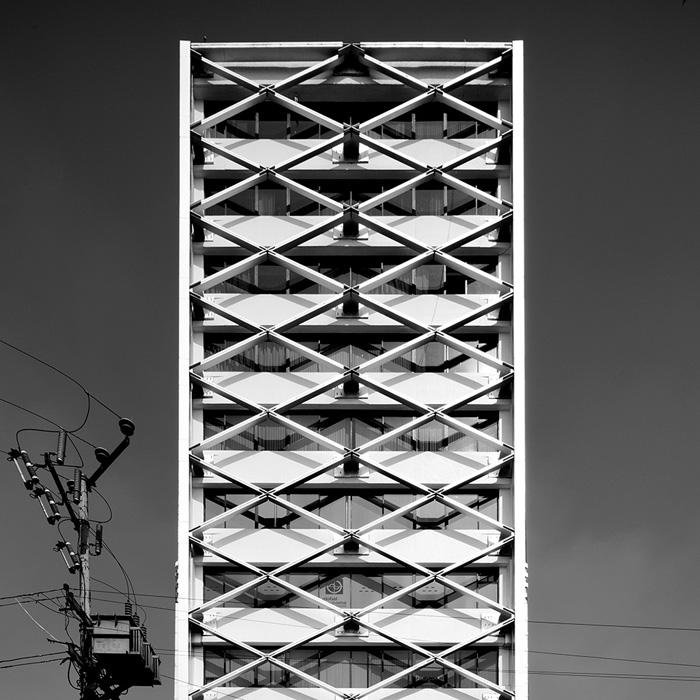
Ramiro Chaves. De la serie XXXXXXXXXX
México, 2013
Impresión Xerox

Ramiro Chaves. De la serie XXXXXXXXXX
México, 2013
Impresión Xerox

Ramiro Chaves. De la serie XXXXXXXXXX
México, 2013
Impresión Xerox

Ramiro Chaves. De la serie XXXXXXXXXX
México, 2013
Impresión Xerox

Ramiro Chaves. De la serie XXXXXXXXXX
México, 2013
Inyección de tinta sobre papel bond

Ramiro Chaves. De la serie XXXXXXXXXX
México, 2013
Impresión Xerox
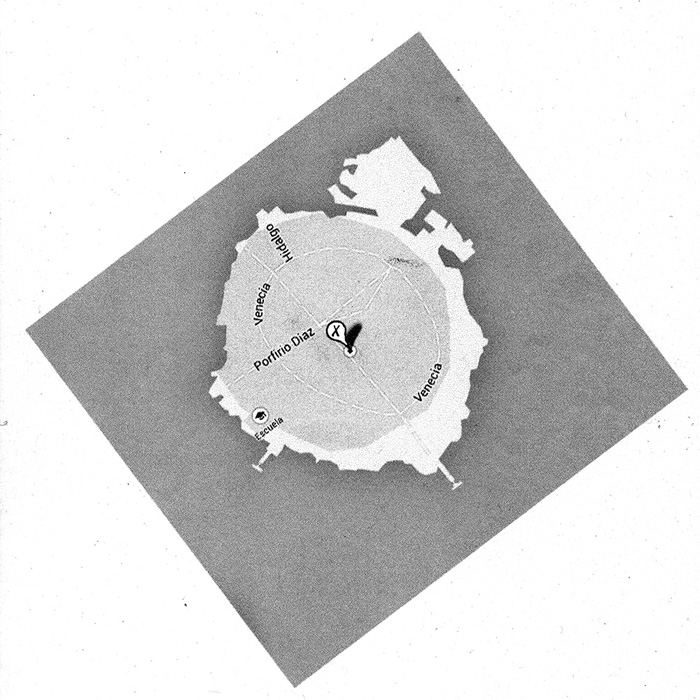
Ramiro Chaves. De la serie XXXXXXXXXX
México, 2013
Impresión Xerox

Ramiro Chaves. De la serie XXXXXXXXXX
México, 2013
Impresión Xerox

Ramiro Chaves. De la serie XXXXXXXXXX
México, 2013
Impresión Xerox
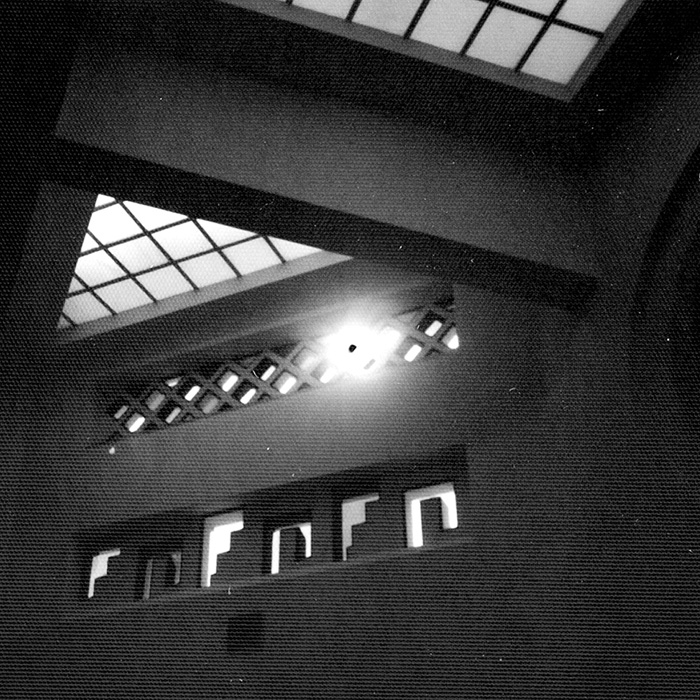
Ramiro Chaves. De la serie XXXXXXXXXX
México, 2013
Impresión Xerox

Ramiro Chaves. De la serie XXXXXXXXXX
México, 2013
Impresión Xerox

Ramiro Chaves. De la serie XXXXXXXXXX
México, 2013
Impresión Xerox
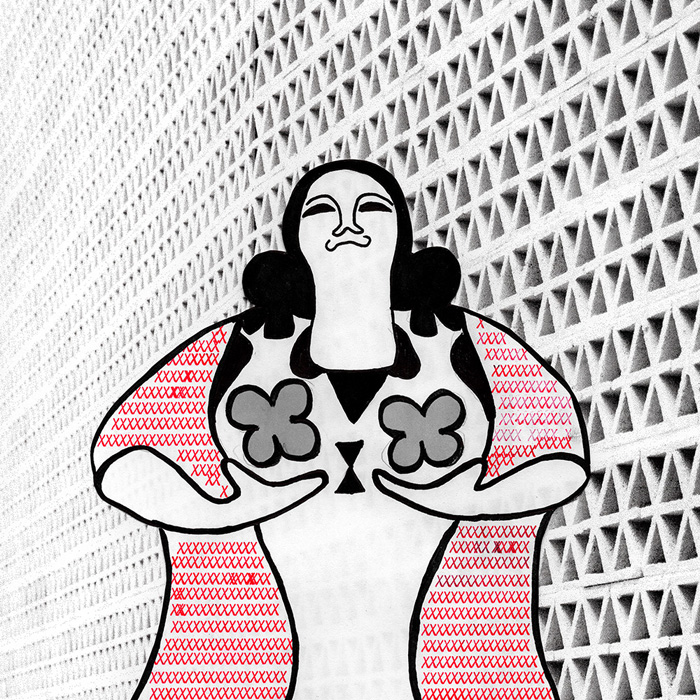
Ramiro Chaves. De la serie XXXXXXXXXX
México, 2013
Inyección de tinta sobre papel bond

Ramiro Chaves. De la serie XXXXXXXXXX
México, 2013
Impresión Xerox

Ramiro Chaves. De la serie XXXXXXXXXX
México, 2013
Impresión Xerox
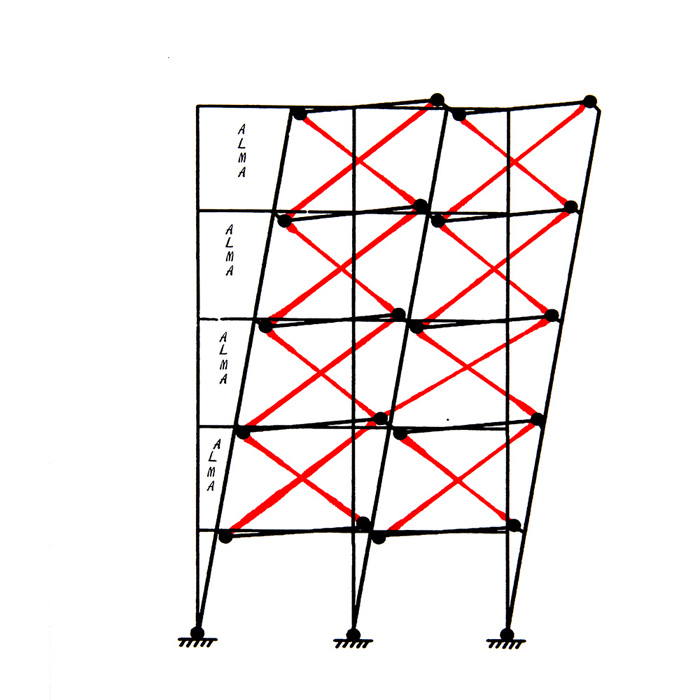
Ramiro Chaves. De la serie XXXXXXXXXX
México, 2013
Inyección de tinta sobre papel bond

XXXXXXXXXX is a personal atlas of the ways in which the letter X has been used in contemporary Mexican architecture. The discussion around the letter X goes back to the Spanish conquest. At the core of the debate was whether to spell the colony's name México or Méjico.
To make a long story short, at some point the spelling with an X was officially accepted. The X became a symbol of the cultural crossover between pre-Hispanic tradition and a new Mestizo identity, an icon of the birth of the modern Mexican state. Shortly after the Mexican Revolution of 1917, the state's architects and urban planners used the X as a motif to conceive, plan, build and reinforce structures.
The marvelous history of the X in Mexico is the foundational fiction of the country's modernity. This is the point of departure for my project, an excuse to engage in a playful reflection on the construction of my own identity and to speak about history, poetry, the image, space, love, the body, God, time, language, and nothing in particular. An oxymoron: a project this is both ambitious and modest.
Why architecture? Because it provides a conceptual framework and a representation of the play between structure, language, and my body.
Why Mexico? Though I was born in Argentina, I live in Mexico. To activate this duality and vision is to reactivate the idea of America as an archetype of utopia.
I do not seek to establish an encyclopedic truth. I want to develop a cosmography that documents my relationship to history in a poetic way. Beyond the search for knowledge or wisdom, this is a document where categories like art, science, religion and politics collapse or are at least viewed through the filter of dark humor. In criticizing these categories, I also critique my use of given disciplines and forms in an attempt at unlearning.
This work can be a mess of movements in multiple directions, but at the same time, it operates as the epicenter of an experiential system. It's like getting something off my chest. A negotiation between who I am on my own and what we are as a social and historic body. This is also the form that confusion and desire have taken. [Tr. by Mónica de la Torre.]
→ Read more
→ Bio
Córdoba, Argentina, 1979. Studied cinematography and television at the Universidad Nacional de Córdoba, and photography at the Escuela de Artes Lino E. Spilimbergo. His work has been featured in group shows in Mexico, Argentina, the United States, Spain, the Netherlands, Turkey, Austria and Japan. He has received the Programa Bancomer-MACG Arte Actual grant (2012-14), participated in the XI Bienal de Fotografía en México, and was an artist-in-residence at the Miradas Cruzadas program in France; in 2009 he was selected for Descubrimientos by Photo‑España. A series of his photographs was published as the book Domingos (Diamantina, 2006). His work is in the collection of Coppel, the Centro de la Imagen and the Museo de Arte Moderno in Mexico City.